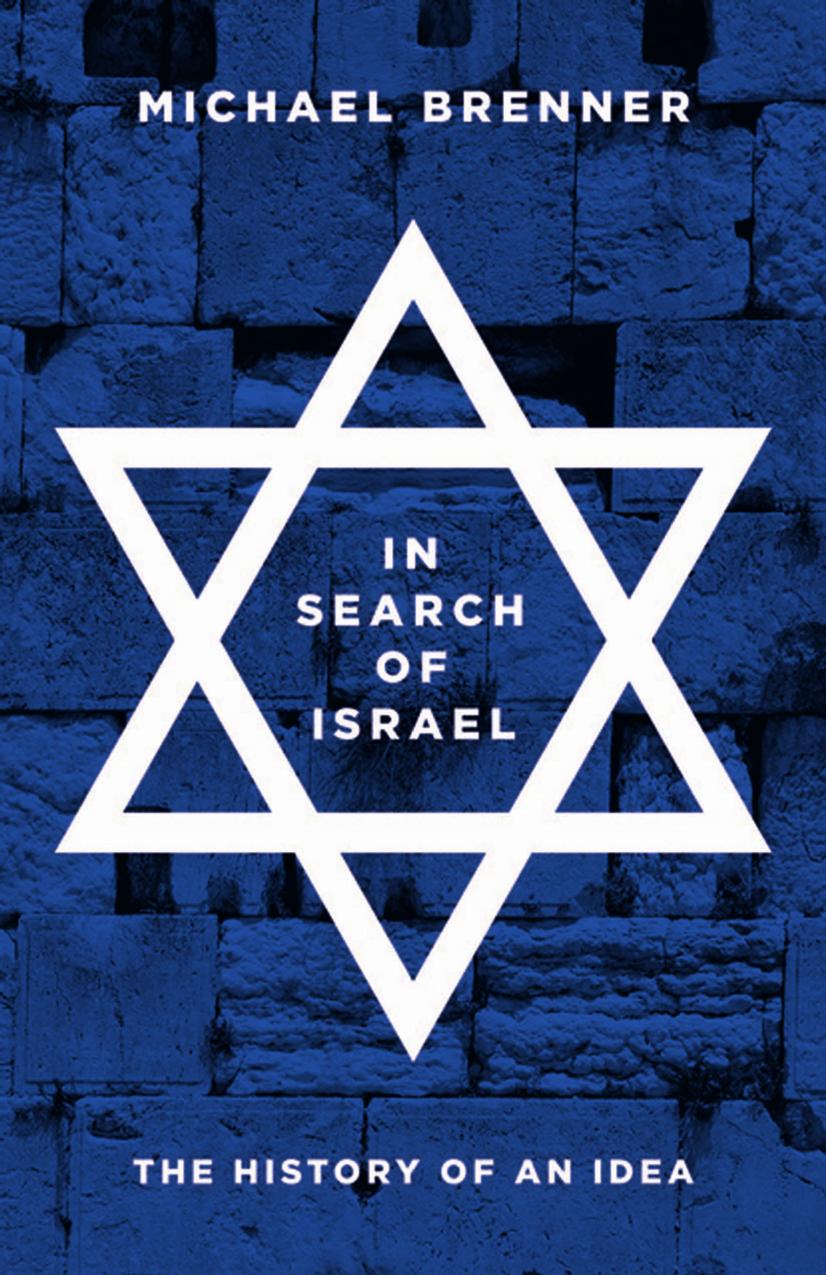In Search of Israel: The History of an Idea by Michael Brenner

Author:Michael Brenner
Language: eng
Format: epub, pdf
Publisher: Princeton University Press
Published: 2018-03-12T04:00:00+00:00
FIGURE 15. Jews pray at the Western Wall before 1948, when it was accessible only through a narrow alley.
FIGURE 16. Jewish men and women (separated by a barrier) pray at the Western Wall in July 1967, just after the creation of a large plaza.
Contrary to Yehoshua’s hopes, the kotel was reclaimed right after the events of 1967 as the symbol not only of Jewish but also of Israeli Jerusalem and of the state in its new shape. Before the war, there was only a small alley in front of the wall, bordered by the so-called Moroccan quarter. Within days the quarter was razed and a huge new plaza rose in its stead. This site became the symbolic center of the new state, including its secular population. It became the site of public swearing-in ceremonies for Israeli soldiers and for Bar Mitzvah celebrations by Jews from around the world. On Shabbat and the Jewish holidays, thousands gathered there in prayer. Leibowitz, the religious Jew and philosopher, sarcastically suggested putting up a discotheque at the site and calling it the “Divine Discotheque.” The newspaper Ha’aretz published Leibowitz’s letter under the headline “Diskotel.”32
The recapture of the wall was indeed the iconic moment of the 1967 military triumph. In an address to the Knesset in 1995, then Prime Minister Yitzhak Rabin, who in 1967 had been Chief of Staff of the Israeli Defense Forces, recalled his impressions: “There was one moment in the Six-Day War which symbolized the great victory: that was the moment in which the first paratroopers … reached the stones of the Western Wall, feeling the emotion of the place; there never was, and never will be, another moment like it. Nobody staged that moment. Nobody planned it in advance. Nobody prepared it and nobody was prepared for it; it was as if Providence had directed the whole thing: the paratroopers weeping—loudly and in pain—over their comrades who had fallen along the way, the words of the Kaddish prayer heard by Western Wall’s stones after 19 years of silence, tears of mourning, shouts of joy, and the singing of ‘Hatikvah’” [the Israeli national anthem].33
Religious and national elements were intertwined from the very moment the wall was captured by Israeli troops. When the staff of the Israeli army loaded the command-car in which they were to follow the paratroopers to the Western Wall, they took along a Torah scroll, a shofar, and a bench—to perform exactly the acts the British authorities had once prohibited. Performing them showed Israel and the world that the Jews had returned to the wall and were in full control of it.34
The centrality of the capture or “liberation” of the wall was reinforced by visual images of the Israeli military appearing at this site in the middle of the Six-Day War. David Rubinger’s iconic photographs of Israeli paratroopers being moved by the two-thousand-year-old stones and of Military Chief Rabbi Shlomo Goren blowing the shofar show a blending of military and religious messages. They helped to turn the wall from a symbol of national destruction into a symbol of military triumph.
Download
In Search of Israel: The History of an Idea by Michael Brenner.pdf
This site does not store any files on its server. We only index and link to content provided by other sites. Please contact the content providers to delete copyright contents if any and email us, we'll remove relevant links or contents immediately.
The Secret Power of Speaking God's Word by Joyce Meyer(2989)
Man's Search for Meaning by Viktor E. Frankl(2609)
Mckeown, Greg - Essentialism: The Disciplined Pursuit of Less by Mckeown Greg(2390)
MOSES THE EGYPTIAN by Jan Assmann(2374)
Devil, The by Almond Philip C(2284)
The Complete Dead Sea Scrolls in English (7th Edition) (Penguin Classics) by Geza Vermes(2238)
Unbound by Arlene Stein(2231)
I Capture the Castle by Dodie Smith(1989)
Schindler's Ark by Thomas Keneally(1832)
The Invisible Wall by Harry Bernstein(1769)
The Gnostic Gospel of St. Thomas by Tau Malachi(1739)
The Bible Doesn't Say That by Dr. Joel M. Hoffman(1652)
The Secret Doctrine of the Kabbalah by Leonora Leet(1576)
Political Theology by Carl Schmitt(1546)
The Jewish State by Theodor Herzl(1508)
A History of the Jews by Max I. Dimont(1488)
The Dead Sea Scrolls Bible by Martin G. Abegg(1478)
The Book of Separation by Tova Mirvis(1459)
Oy!: The Ultimate Book of Jewish Jokes by David Minkoff(1339)
